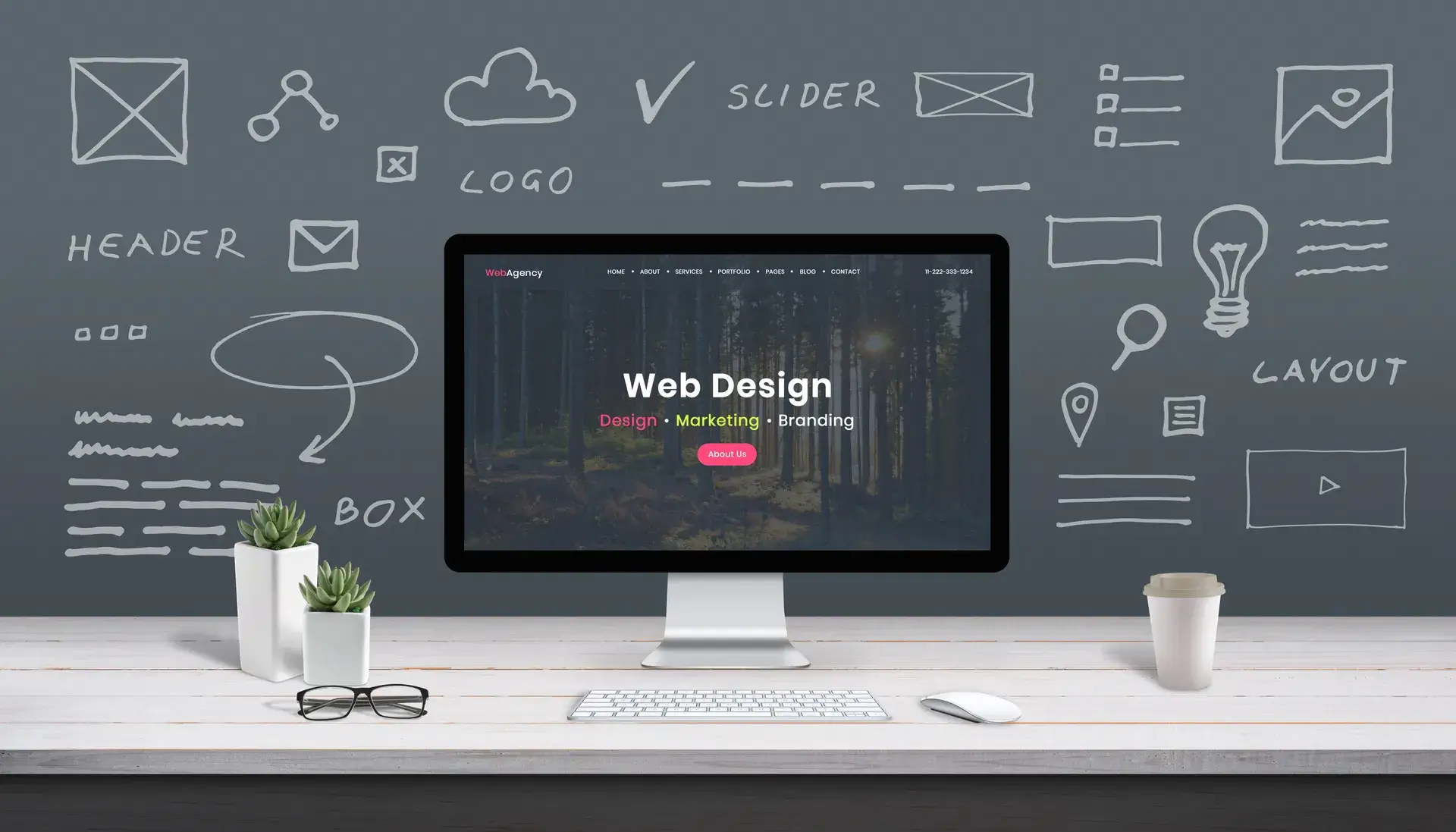Google Web Designer is a powerful tool designed for creating interactive and engaging HTML5-based designs and motion graphics. This comprehensive guide will explore its features, benefits, and how you can effectively use it for your web design projects. Whether you’re a novice or an experienced designer, Google Web Designer can elevate your creative capabilities and enhance your workflow.
What is Google Web Designer?
Google Web Designer is a free software application that allows users to create dynamic and visually appealing designs for websites and advertisements. It supports HTML5, CSS3, and JavaScript, enabling designers to deliver interactive content that captures user attention.
Key Features
Google Web Designer offers a range of features that cater to both beginners and seasoned professionals:
- Visual and Code View: Switch between a visual editor and a code editor depending on your comfort level and requirements.
- Animation Tools: Create animations smoothly, using a timeline and keyframes to bring your designs to life.
- Templates: Start your projects faster with pre-defined templates that you can customize.
- Integration with Google Products: Seamlessly integrate with Google Ads and Google Drive to streamline your advertising campaigns and file management.
Benefits of Using Google Web Designer
Utilizing Google Web Designer for your web design projects can lead to various advantages:
- Interactive Content: Create eye-catching, interactive content that keeps users engaged.
- Responsive Design: Ensure your designs are mobile-friendly and look great on all devices with responsive capabilities.
- Cross-Browser Compatibility: Designs created in Google Web Designer are compatible across different browsers, ensuring a consistent user experience.
- No Coding Required: With its visual interface, even those without extensive coding knowledge can create stunning designs.
Getting Started with Google Web Designer
To begin using Google Web Designer, follow these simple steps:
- Download and Install: Download Google Web Designer from the official website and install it on your computer.
- Create a New Project: Select a template or start from scratch, defining the project’s dimensions and properties.
- Use the Toolbar: Utilize the various tools available for adding elements, animations, and effects.
- Preview Your Design: Use the preview function to see how your design looks in real time.
- Publish: Once satisfied, export your project as HTML5 or publish it directly to Google Drive for easy sharing and collaboration.
Best Practices
To maximize your effectiveness with Google Web Designer, consider these best practices:
- Keep your designs simple and focused to enhance user experience.
- Use high-quality graphics and consistent branding to maintain a professional appearance.
- Test your designs in multiple browsers and devices to ensure performance.
- Incorporate analytics tools to track user engagement on your interactive content.
Conclusion
Google Web Designer is an exceptional tool for both novice and experienced web designers looking to create stunning, interactive web content. With its user-friendly interface and rich features, it empowers you to turn creative ideas into reality. As you embark on your journey with Google Web Designer, embrace its potential and push the boundaries of your design capabilities.














